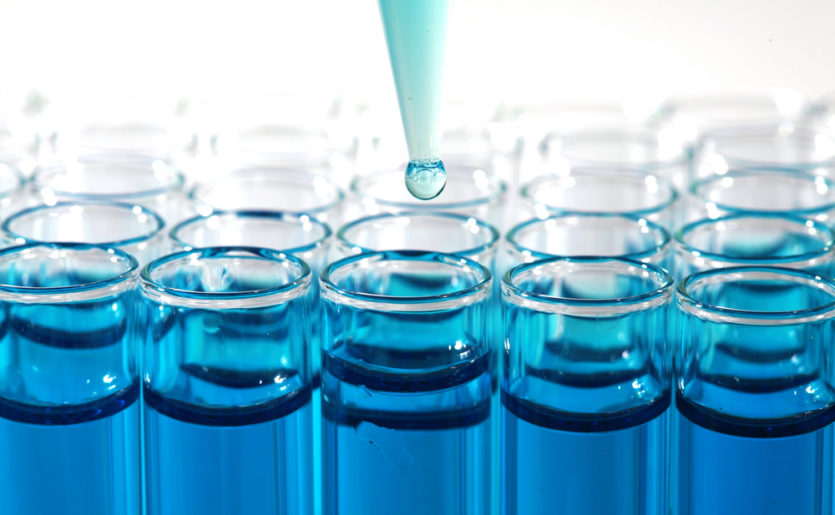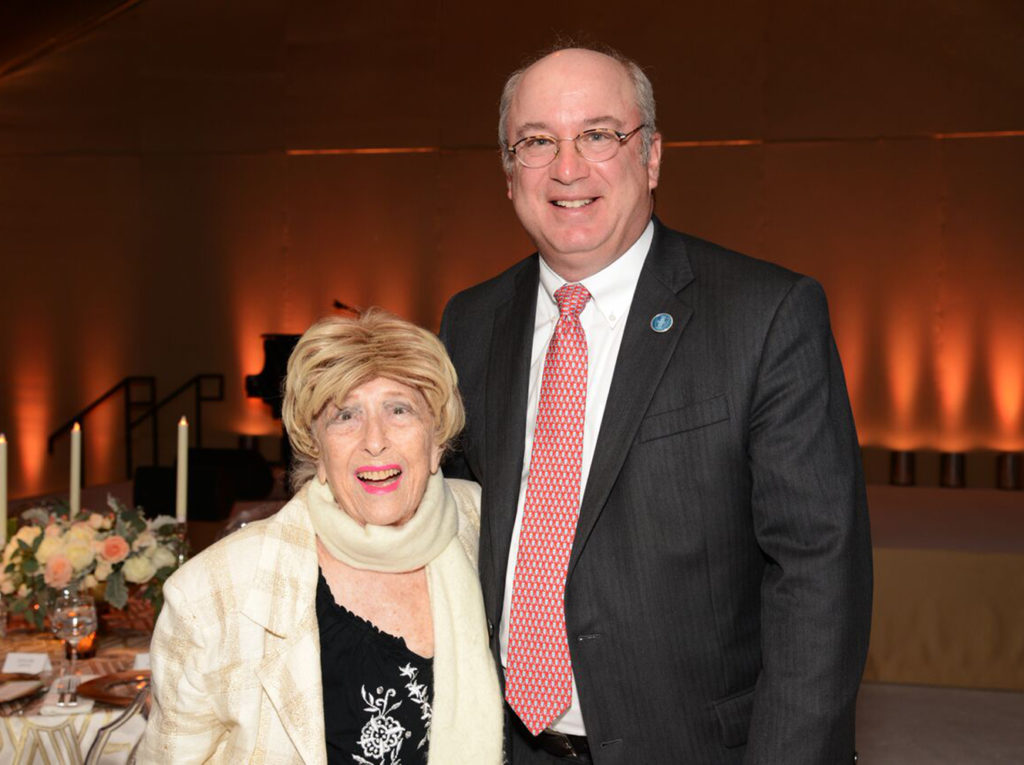Massachusetts General Hospital sits at the nexus of an unparalleled life science ecosystem. The Greater Boston area is home to more than 1,000 biotech companies — ranging from multinational pharma giants to small startups. Many of these companies are based just across the river in Kendall Square, which has been dubbed “the most innovative square mile on the planet.” Given the proximity and mission overlap, it’s easy to imagine a natural synergy between academic medicine and industry. Yet, for many Mass General researchers and scientists, collaboration with industry remains a complicated venture. But thanks to the Longfellow Project — a novel program from the Mass General Research Institute (MGRI), named for the famous span linking Beacon Hill and Cambridge — that disconnect may soon be a thing of the past.
“We are the largest hospital-based research enterprise in this country, and yet, many of our discoveries don’t reach patients,” says Gabriela Apiou, PhD, director of the Longfellow Project and Endowed MGH Research Institute Chair in Translational Sciences. “Although our goals often align with industry, we don’t speak the same language — and that gets in the way of progress.” To deliver a scientific discovery to patients — the process known as translation — you need understanding on both sides. And that, she says, requires a new model of collaboration.

The Longfellow Project was launched in 2015 by the MGRI Office of the Scientific Director to bridge the divide between academic research and industry-based R&D. Comprising of two components — a series of research programs focused on specific health issues and disease areas, and a yearlong educational course — the initiative seeks to set the standard for collaboration by aiming to deliver 10 breakthrough treatments for 10 major disease areas in 10 years.
“The need for multiple groups — scientists, physicians, business leaders, regulatory specialists — to work together to come up with solutions has never been greater,” says Bob Tepper, MD, co-director of the Longfellow Project’s educational arm and a volunteer leader on the MGRI Advisory Council. Dr. Tepper began his career as a scientist at Mass General before founding Third Rock Ventures — a private equity firm specializing in life science companies. “Everyone has a different piece of the puzzle, and our goal is to make sure our trainees understand each of those pieces and how they fit together.”
Challenge-Driven Research
To rethink collaboration, the Longfellow Project team decided to first rethink one of the core tenets of academic medicine.
“Academic medicine has traditionally been powered by individual endeavors, and that’s limiting,” says Dr. Apiou. Real breakthroughs, she says, rarely emerge from solitary scientists — let alone solitary institutions. Take the COVID-19 vaccine: Thanks to the combined efforts of public institutions and private companies — with generous support from the federal government — an effective vaccine was made available less than 12 months after the virus was identified; an incredible feat, considering vaccines often take 10 years to develop.
“We are working to make that kind of collaboration the standard at Mass General,” Dr. Apiou says. “It shouldn’t have to take a historical crisis.”

Rather than starting with individuals, Longfellow Project leadership began by defining the disease-related challenges they wanted to solve — then assembling teams of experts with complementary skills. Project leaders then identified industry partners for each of these Challenge-Driven Research Programs, with the goal of forming long-term collaborations.
To date, the Longfellow Project has established eight Challenge-Driven Research programs encompassing 273 investigators from 21 different departments and centers — and the approach is having an impact. Scientists from the program have solicited valuable feedback from industry collaborators about how to advance novel approaches and deliver them to market. In addition, the meetings have resulted in two collaboration agreements, and others are in progress.
“The Challenge-Driven Research Programs are a great example of how we can unite around common goals, leverage our expertise in research and patient care, and push the boundaries of medicine in a new way,” says Susan A. Slaugenhaupt, PhD, MGRI Scientific Director and Elizabeth G. Riley and Daniel E. Smith, Jr. Endowed MGH Research Institute Chair.
Found in Translation
No matter how promising an experimental therapy or technology may be, to become a reality, it must eventually be shared with an industry partner. But for many researchers, that’s easier said than done.
“There can be territorial tensions, worries about protecting intellectual property and mutual distrust,” says Dr. Apiou. “But it’s important to understand the other side, and what it takes to deliver our discoveries to patients.” Translation is the process of turning laboratory and clinical discovery into interventions that improve the health of individuals and the community.

The educational arm of the Longfellow Project, Bridging Academia and Industry, was designed to teach MGRI investigators the art of translation and the importance of collaboration, through coursework, guest lectures and a project competition. For the competition, faculty trainees who have similar scientific or medical research goals are grouped into teams and assigned mentors — one from industry and one from academia. Each team then formulates a research question for which they must develop a product to address. The competition culminates with a presentation to a panel of industry and academic experts, and the winning team receives a $150,000 award — made possible through the generosity of MGRI donors — to advance the research and development of their product.
At this year’s presentation, the winning team consisted of two dermatologists, an emergency medicine physician and a scientist from the Center for Engineering in Medicine and Surgery at Mass General. Their product? A skin patch to quickly diagnose cellulitis, a serious and often misdiagnosed bacterial infection.
“It’s not so much about winning as it is about building connections and showing our participants the incredible work that can be accomplished by sharing their expertise,” Dr. Apiou says. Now in its fourth year, the course has trained 77 faculty members across 21 departments and centers, with help from more than 50 academic and industry leaders.
“Our ultimate goal is to create a fluid biomedical network, where Mass General physician-scientists have the knowledge, mindset and colleague connections they need to efficiently advance medical discoveries, all the way to commercialization,” says Dr. Tepper. “And if that happens, innovation will be accelerated — and everyone will benefit, especially patients.”
To learn more about the Mass General Research Institute’s efforts and how your support can help bridge the gap between science and solutions for patients, contact us.

This story is just one example of the groundbreaking efforts taking place at Mass General, home to the largest hospital-based research enterprise in the U.S. — the Mass General Research Institute. The Research Institute encompasses and provides support to thousands of scientists, hundreds of laboratories, and helps to guide, connect and promote this unrivaled community of investigators as they advance the future of medicine, from the bench to the bedside, to the community and world.





